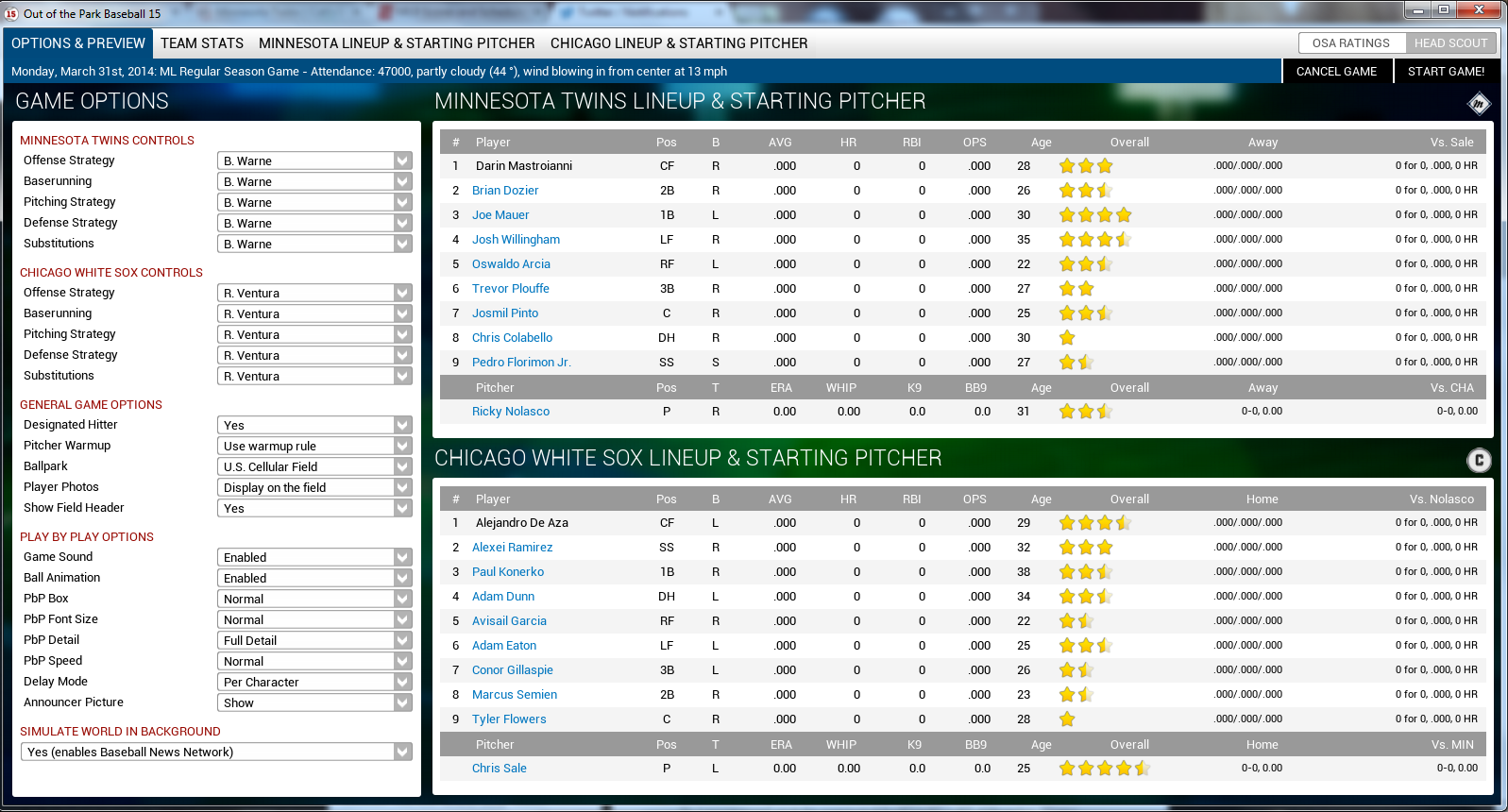

While they may still play a position without a rating there, it is not generally recommended. Players may "lose" a position rating if one of the component skills (range, arms, error, turn DP) falls below a set minimum for the position. See Player Positions and Roles for more information on player positions, including information about learning new positions. They are more of a composite number based on a combination of the player's defensive skills (arm, error, range) and his experience at the position. Position ratings aren't truly distinct ratings. Players with higher position ratings are better overall defensively at that position. Players can have ratings at one or more positions. Individual ratings exist for each defensive position. This rating is a measure of a player's overall defensive ability at a given position. Catchers with high Catcher Arm ratings could also cause opposing managers to think twice before attempting a steal.Įach player also receives a numeric rating at any position they are qualified to play. Catchers with higher Catcher Arm are more likely to throw out runners stealing a base. It is more of a composite number based on a combination of the player's defensive skills (arm, error, range) and his experience at the position.Ĭatcher Arm is a measure of a catcher's arm. Catcher Ability isn't truly a distinct rating. Note: The Turn Double Play rating is not displayed by default in an outfielder's Player Profile.Ĭatcher Ability is a measure of a catcher's overall catching skill. Players with high Turn Double Play ratings are more likely to successfully turn double plays when given the opportunity. Turn Double Play is a measure of how well infielders, pitchers, and catchers can turn infield double plays.

In the outfield, he is weaker, partly because of arm strength, but also because of experience, accuracy, hesitation, and so forth. Rather, it implies that in the infield, his throws are strong, accurate, and timely. If a player has a high infield arm rating, but a low outfield arm rating, it doesn't mean that his arm suddenly gets weaker in the outfield, of course. Note: Arm is not strictly a measure of strength. These values can be fairly different, based on the player's experience. Players have separate ratings for infield and outfield arm. Players with higher Arm ratings are more likely to throw out runners on a close play. These values can be fairly different, based on the player's experience.Īrm is a measure of the strength of a player's arm. Players have separate ratings for infield and outfield error. That is, players with high Error ratings are less likely to commit errors. The Error rating is inversely related to errors. This rating includes both fielding errors (dropping or misplaying the ball) and throwing errors (pulling the first baseman off the bag, throwing inaccurately). These values can be fairly different, based on the player's experience.Įrror is a measure of how likely a defensive player is to commit an error. Players have separate ratings for infield and outfield range. For example, a shortstop with good Range might reach a groundball to his right, whereas a shortstop with poor Range might not reach the ball, letting it go into left field for a single. Players with high Range ratings are more likely to reach a batted ball and potentially make an out. Range is a measure of how well a defensive player can reach a ball in play.

Defensive ratings can be seen on the Player Profile, the Ratings page, or in any list of players using the Fielding Ratings view. Unlike hitting and pitching ratings, defensive ratings do not have corresponding potential ratings. Furthermore, players receive individual defensive position ratings for each position they are qualified to play. Catchers have two additional ratings for Catcher Ability and Catcher Arm. Defensive ratings are further broken down into three categories: infield, outfield, and catcher. Players in OOTP have four basic defensive ratings: Range, Error, Arm, and Turn Double Play that are used by the game engine to determine the outcome of a pitch or a ball in play.


 0 kommentar(er)
0 kommentar(er)
